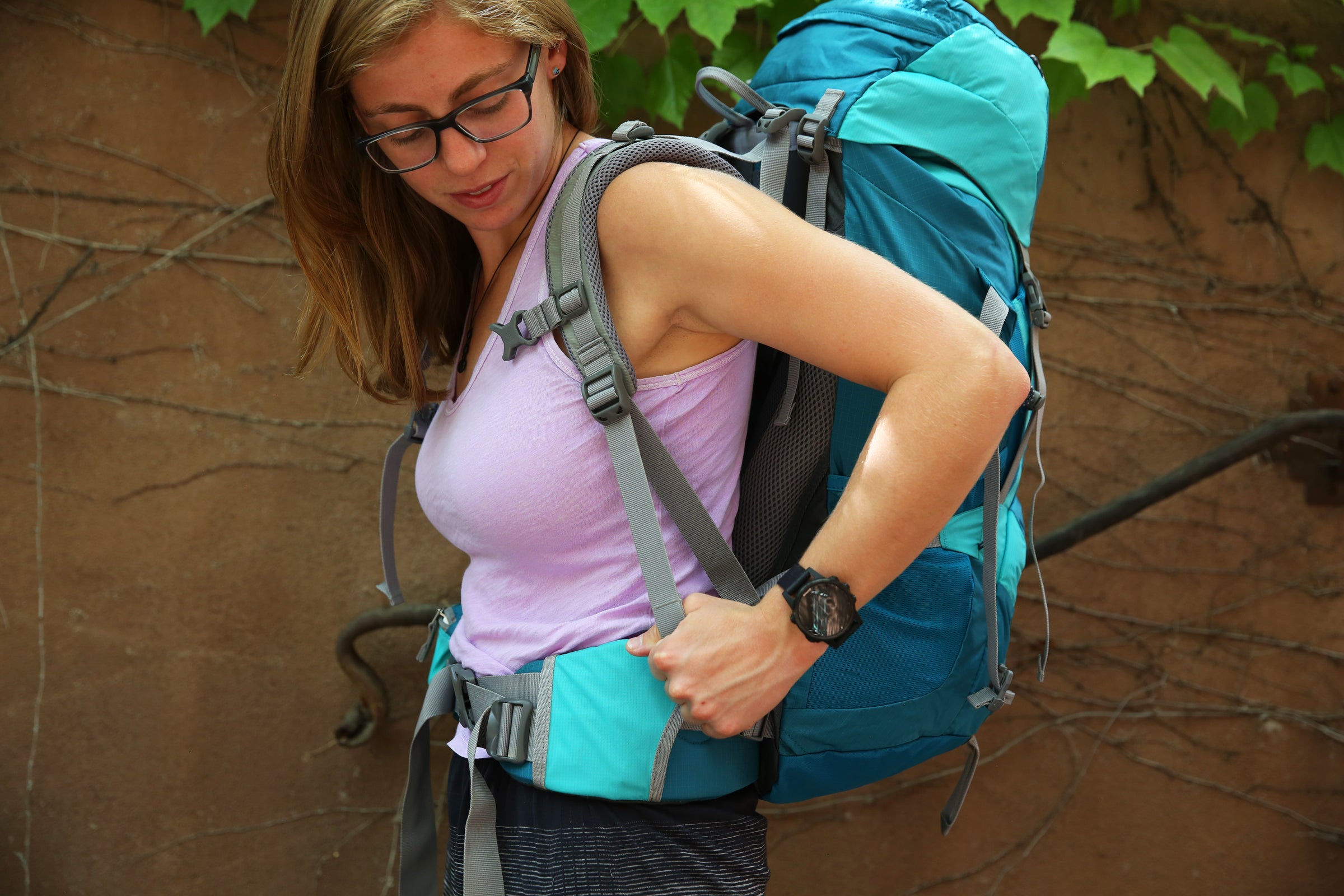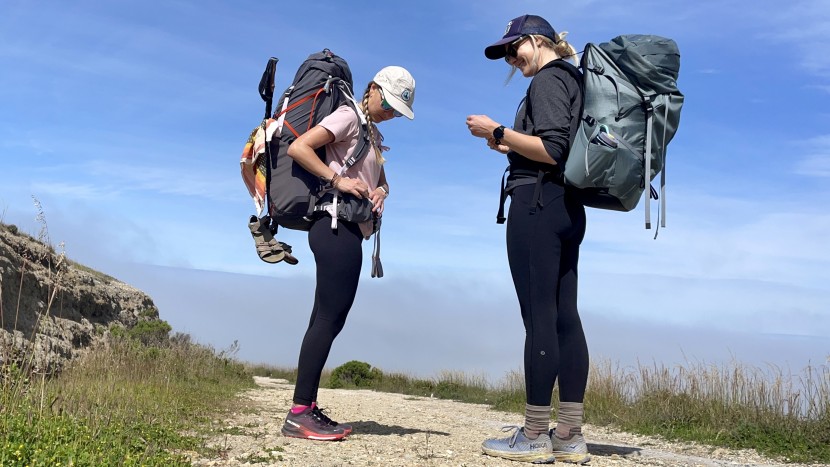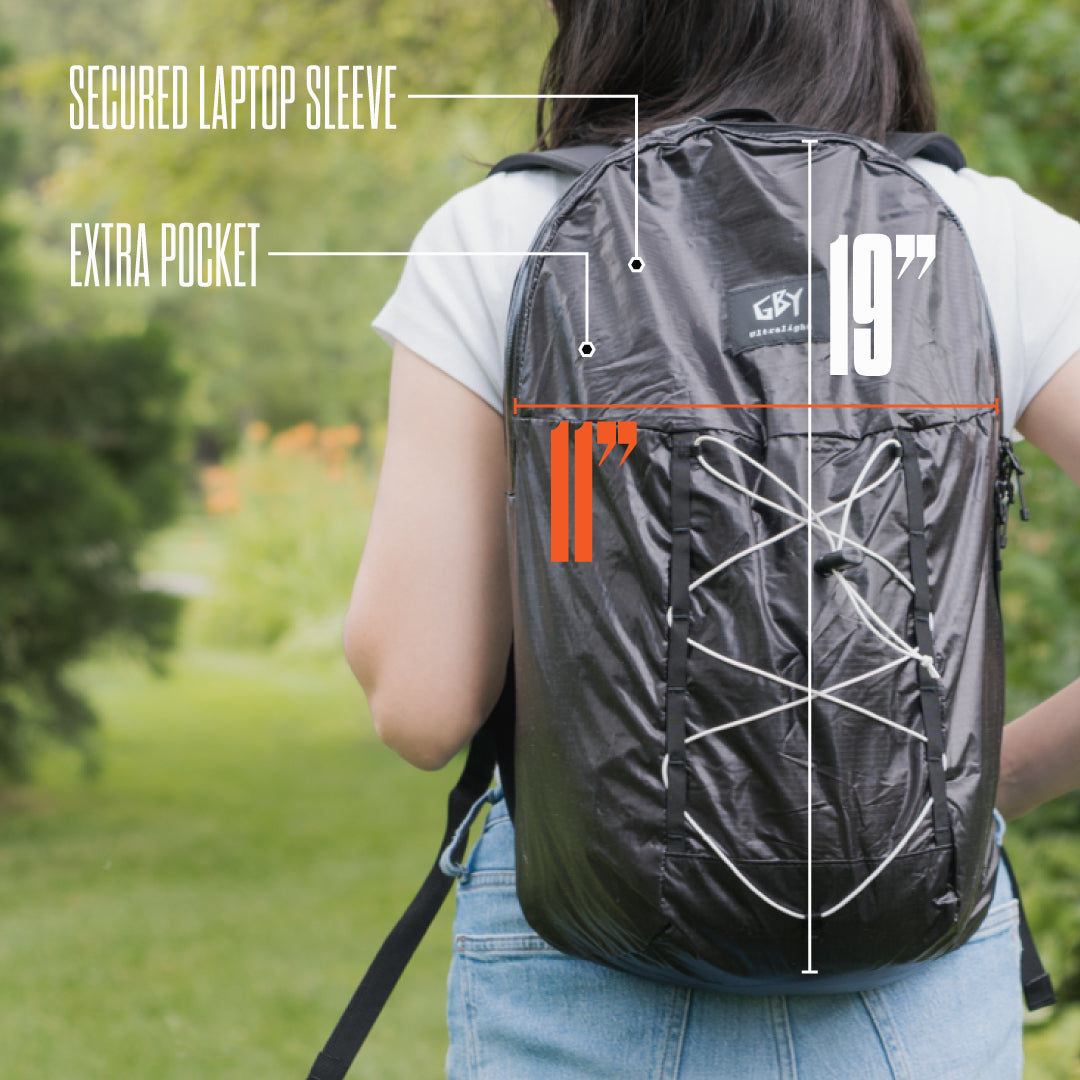Choosing the right women’s hiking pack can make all the difference in your outdoor adventures. A pack that’s comfortable, fits well, and meets your needs can transform your hiking experience from painful to pleasurable. In this blog, we’ll break down the key features to consider when selecting the perfect hiking pack for women.

Consider the Pack Size and Volume
The size and volume of your pack should align with the type and duration of your hikes. Daypacks, multi-day packs, and extended trip packs all offer different storage capacities. Ensure that your choice accommodates all your hiking essentials.
For instance, a daypack, which typically ranges from 10 to 30 liters, is ideal for short hikes where you only need to carry snacks, water, and a few layers. However, if you’re considering multi-day hikes, you’ll want to opt for a larger capacity pack that can comfortably accommodate clothing, sleeping gear, and cooking equipment.
Understanding your hiking style will guide you to the right pack volume. It’s important to avoid over-packing or selecting a pack that’s too large as it can weigh you down unnecessarily, detracting from the enjoyment of your hike.
Evaluate the Fit and Comfort
A well-fitting pack is crucial for comfort. Look for packs specifically designed for women’s frames, consider adjustable torso lengths, and ensure the hip belt sits correctly to distribute weight evenly.

The key to comfort is in the details. A pack with an adjustable harness system that can be tailored to your height makes a significant difference. Proper weight distribution reduces strain on your back and hips and allows for a more relaxed stride.
Don’t underestimate the impact of padded shoulder straps and contoured designs that match your body’s natural shape. Features like load lifters, sternum straps, and hip belts are essential for achieving an all-day comfort that allows you to focus on the hike ahead.
Check the Weight and Material Durability
Lightweight materials can reduce the overall heft of your pack, but durability is just as important. Opt for packs made with high-quality materials that can withstand rough terrains and adverse weather conditions.
Balancing weight and durability calls for a bit of research into the materials used in pack construction. Modern hiking packs often use a combination of ripstop nylon and polyester, both known for their strength and resilience.
Fabrics with higher denier ratings usually offer more durability, perfect for frequent hikers who encounter varied and challenging terrain. Meanwhile, lightweight options might serve the minimalists or those seeking speed over rugged environments.
Consider whether features like high wear-resistant bottoms or reinforced seams offer benefits for your typical hiking environment, increasing the lifespan of your investment.
Examine the Pack’s Accessibility and Pockets
Consider how easy it is to access your gear when on the trail. Multiple compartments and pockets can help with organization and quick retrieval, while top-loading versus panel-loading designs offer different accessibility options.

Organizational features can make or break your hiking experience. Packs with a combination of exterior mesh pockets, internal compartments, and zippered sections allow for optimized storage of essentials like maps, snacks, and trekking poles.
Ease of access can be crucial in changing weather conditions or when time is of the essence. Assessing the pack’s compatibility with hydration systems or its ability to stow trekking poles quickly can enhance your efficiency and enjoyment.
Look for Additional Features
Features like hydration reservoir compatibility, external gear loops, and adjustable straps add convenience and functionality. Consider what extras might be beneficial for your hiking needs.
Specialized features such as a rain cover, built-in whistle, or a dedicated sleeping bag compartment can provide peace of mind and enhance safety. Consider your hiking scenarios to determine which of these additions may be worth investing in.

For tech enthusiasts, built-in solar pockets could offer a sustainable way to keep devices powered on long trips. Additionally, quick-access pouches are ideal for items you frequently need on the move, such as trail maps or snacks.
Whether for comfort, safety, or convenience, additional features can tailor a pack to better suit your specific hiking requirements and scenarios. This personalization is part of what makes hiking such a unique journey for each adventurer.
Choosing Your Ideal Women’s Hiking Pack
Selecting the right women’s hiking pack involves considering factors such as size, fit, weight, and versatility. By understanding and prioritizing what matters most to you, you can find a pack that will support your adventures comfortably and efficiently. For more information, visit our homepage to explore an array of hiking packs designed specifically for women. Happy hiking!








